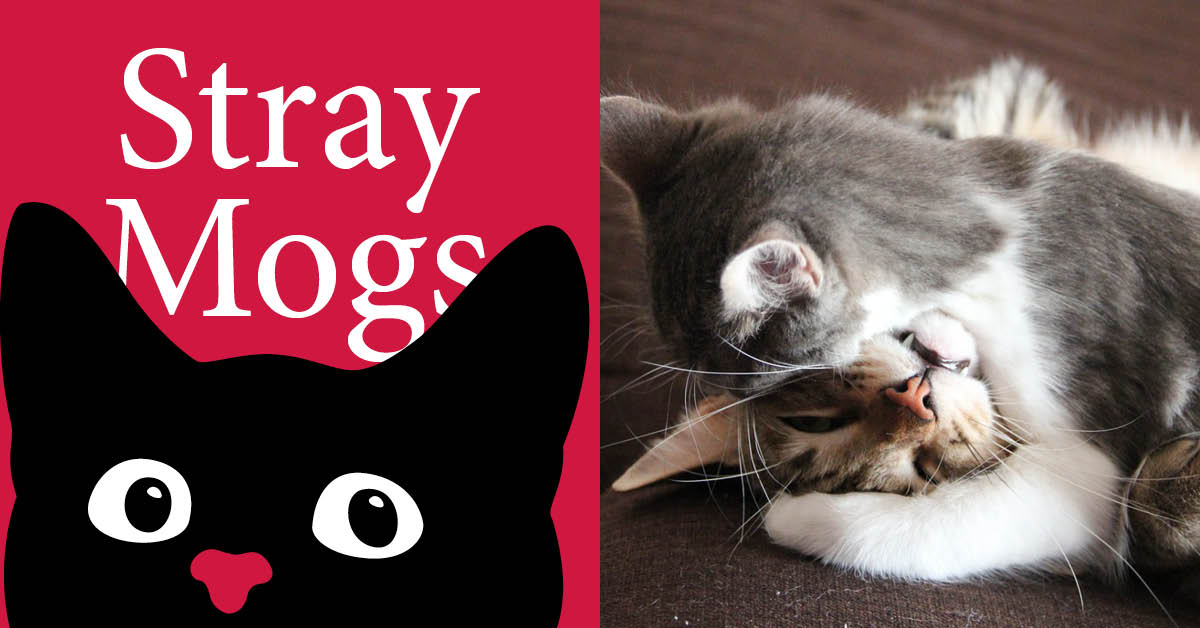 Sue Hartley has a background in psychology and clinical animal behaviour and has been helping cats for over 10 years. Through a successful cat care business, volunteering with Cats Protection, as the Feline Welfare Manager at Battersea Dogs and Cats Home in London and now as a cat behaviourist in Harrogate through her business The Understood Cat.
Sue Hartley has a background in psychology and clinical animal behaviour and has been helping cats for over 10 years. Through a successful cat care business, volunteering with Cats Protection, as the Feline Welfare Manager at Battersea Dogs and Cats Home in London and now as a cat behaviourist in Harrogate through her business The Understood Cat.
Cats have evolved from a largely independent species who prefer to be alone so living with other cats can create challenges for our feline friends. Having an idea of how well your cats get on can help you create a harmonious home for you and your cats.
Cat relationships can be broadly categorised into three styles: friendly, tolerant, and hostile.
Friendly…
Your cats are likely to get on well if you see them:
- Raising their tail up straight (usually with a slight kink in the end) when approaching each other.
- Touching noses or tail wrapping (i.e. their tails intertwine).
- Grooming each other either at the same time or by taking turns (rather than one always grooming the other).
- Rubbing against each other, usually rubbing their chin, cheeks or sides of their body against each other. This should be reciprocal.
- Sleeping or resting in contact with each other.
Many cats enjoy play fighting with each chasing the other, rolling around and batting each other with paws. The key difference between play and real fighting is noise: play fighting is usually silent with pauses as each cat repositions themselves, and any biting is gentle and claws are usually retracted. Play fighting can sometimes escalate though, becoming too rough for one cat. After play fighting, both cats will go back to normal with no obvious tension between them.
Tolerant…
Tolerant cats ‘co-exist’ but are unlikely to enjoy each other’s company or choose to interact or spend time together. They prefer to avoid each other, and may use these strategies:
- Ignoring each other – rarely interacting or even looking at each other.
- Maintaining distance – they may share the same ‘resource’ (e.g. sleep on a bed at the same time) but are more likely to be at opposite ends, usually facing away from each other.
- Time sharing – they access certain resources and areas of the home at different times, so they don’t come into contact.
- Separate territories – some cats may have specific areas of the home they stick to (their core territory) and other parts they tend to avoid (another cat’s core area).
Hostile…
Sometimes it’s obvious when cats don’t get on, other times it’s difficult to spot as cats can ‘intimidate’ each other in subtle ways.
Direct hostility might include:
- Growling, wailing, yowling and hissing.
- One cat chasing another away to ‘displace’ them.
- Physical attacks including swiping with front legs, pouncing, grabbing, biting and kicking with back legs. This is more forceful than in play fighting and potentially causes injury. The cats will likely seem tense and uncomfortable before and after and one or both may retreat to safety afterwards.
Indirect hostility might include:
- Staring – either directly at close range or across a room, usually with wide, unblinking eyes and a fixed expression.
- Resource ‘blocking’ or ‘controlling’ – blocking stairs, landings or halls to prevent another cat moving freely throughout the home and accessing resources (e.g. one cat lies in the middle of a hallway leading to a cat flap or litter trays etc.).
- Resource ‘stealing’ – for example one cat climbs over another to oust them from a resting spot.
- Walking directly towards or near another cat to ‘displace’ them.
If you’re concerned about your cat’s relationship, here’s some advice on what to do.
Read More:




